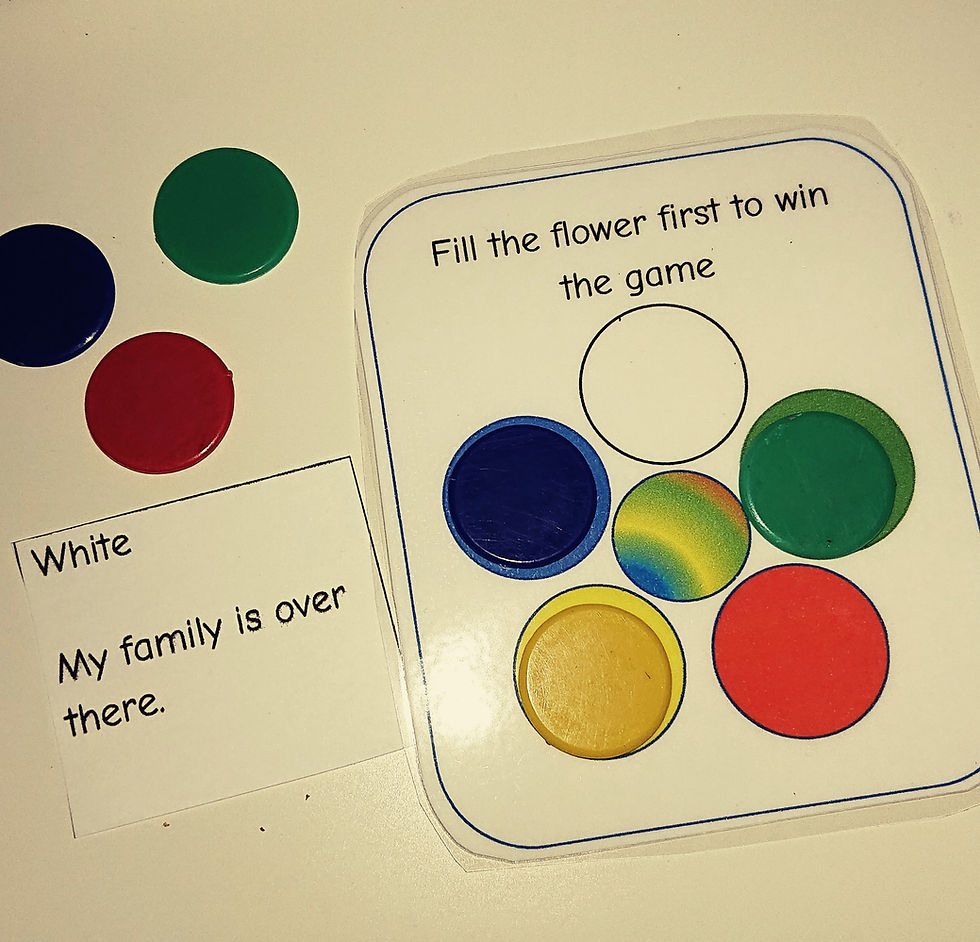LO: To leave out the LO
- Abigail

- Feb 13, 2020
- 3 min read
Many teachers automatically start the ‘written’ part of the lesson by having children write the date and some form of Learning Objective / Can I? statement/ WALT and WILF.
As an adult, you are probably a fluent reader, speller and writer. When you copy from a board, you are reading the sentence / date/ title, memorising it temporarily and then writing it down from memory. Children with dyslexia may have difficulties with their short term and working memory, which means that reading the date/ title, holding it in their head and then writing it down can actually be quite difficult. Furthermore, if they are not yet fluent in spelling or handwriting, then this becomes an onerous process of looking at the board, finding the letter they are up to, looking for the next letter, remembering it, looking back at their work and repeating it. As you can imagine, for a ‘long date’ and a lengthy learning objective, this can be a difficult and time-consuming process in which no learning is taking place.
Children with dyslexia do need to learn how to confidently spell the days of the week and months of the year, but they certainly won’t learn them by just copying them letter by letter from a board– so it can’t be justified by saying it is a good opportunity to practise for the child. Months and days can be taught using multisensory strategies until they are over-learned.
Debra Kidd points out that if a child spends 2 minutes per lesson copying the date and LO for five lessons per day, then over the course of a 39-week school year that equates to 32.5 hours. This works out at a little over an entire school week spent blindly copying the date and LO. And I think some children spend a lot longer than 2 minutes on this task.
Sharing a learning objective is important, but Will Thalheimer argues that it is best worded as a learning focus rather than objective. That is, we are helping the child to pick out what, from an hour of activity, is most important to remember. For children with dyslexia, this is particularly important. They can find it very difficult to isolate the important information from the periphery information, and so can end up focusing their attention on a very random detail from the lesson rather than the aim you had in mind. However, there is no evidence that copying down the learning focus is of any benefit to the child’s learning.
So sharing the learning focus: helpful. Writing the learning focus: time consuming and of no evidenced benefit.
So why do we insist on them? So the children’s books look good for book scrutinies? For inspectors to look at? I think it is vital for schools to consider why they are writing LOs and decide if they need to do them at all.
If you do decide that you need to write them, here are some ideas to help children with dyslexia:
Write the date and title in different colours, or even each word in a new colour. This helps a child track what they are copying.
Have days and months on laminated cards, using one colour for days and another for months, then have the child be responsible for changing your date each morning. They can stick the day and month onto the board, and change the number for the date. This will help to reinforce the days and months for the child, and each section can be viewed as a separate unit which will make copying a bit easier.
Always allow the short date not the long one
Have a super-fast partner write their title
Provide a much shorter title (e.g. ‘long x’ rather than ‘To understand long multiplication’)
Leave a gap, you write the title in for them when you mark
Take turns writing titles
Write first letter of each word M_____ 15th S______________ and have them fill in the gaps without looking at the board (this will help with their spelling skills more than copying would)
Provide a sheet of paper to glue in with the LO
Use QR codes (see Mr P ICT blog idea)







Comments